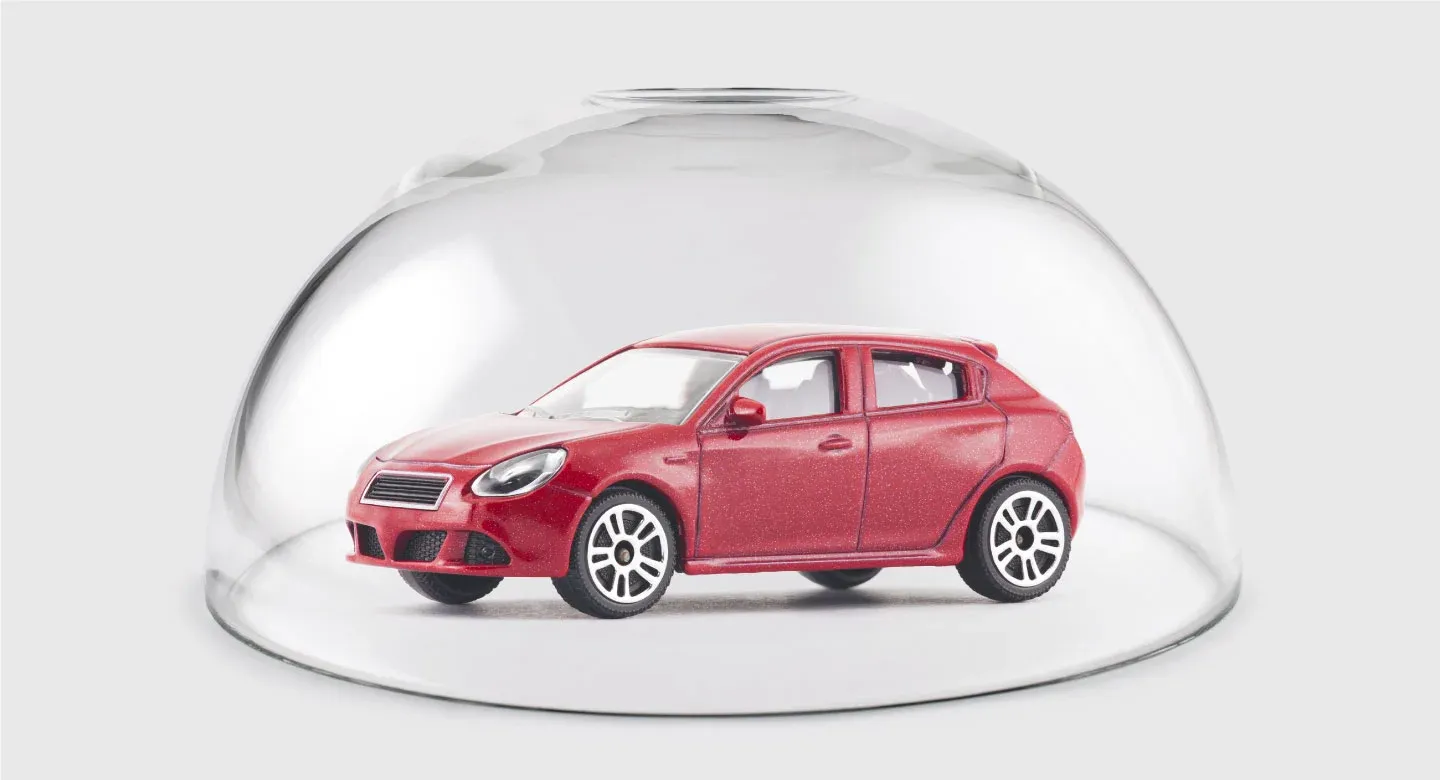Learn about defoggers in a car, how they work for rear and front windows, and their benefits in improving visibility and safety.
Defogger revealed: Understanding defoggers in car rear and front windows
Maintaining clear visibility through the car’s windshield is one of the main concerns while you drive on a rainy evening or misty morning. Glass can be piled up with fog, making it difficult to see the road and increasing the potential risk of accidents. This is the time when one of the important modern car features comes into play. Car defoggers can significantly enhance safety and driver comfort.
This article helps you understand the defoggers in a car's rear and front windows and their importance.
What is a defogger in a car?
A defogger in a car is an important and necessary feature that removes fog or condensation from the interior surface of the car’s windshield, side mirrors, and rear window. It cleans the moisture that is accumulated on the glass surface and improves road visibility for the driver, especially during winter, humid conditions, or any adverse weather conditions.
Even with modern features like defoggers in a car, it is important to have comprehensive car insurance for financial security in an unforeseen event.
How does a defogger in a car work?
Defogger in a car uses a warm air blower or electrical heating elements to remove the fog or condensation on the interior surface of the car’s windshield, side mirrors, and rear windows. Defogging systems in a car blow warm air onto the glass surface that raises the temperature of the glass, evaporates the moisture, and restores visibility. Similarly, electrical heating elements embedded in the glass (windshield/mirror/window) generate heat when activated and warm up the glass surface. This causes quick evaporation of moisture and eliminates fog. Now, many cars come with advanced defogging systems that are integrated with the vehicle’s climate control. This feature allows for automatic adjustment depending on humidity levels in the car.
What are rear window defoggers?
Rear window defoggers use electrical heating elements embedded in the glass, in a grid pattern. It is typically activated by a dedicated switch or integrated into the vehicle's climate control system. The rear window defogger is especially useful during winter or humid weather conditions when frost buildup on the rear window can obstruct the driver's view. By quickly removing this moisture, the defogger enhances safety by providing clear visibility to the rear of the vehicle, allowing the driver to drive safely in traffic while reversing.
What are front windshield defoggers?
Font windshield defoggers typically consist of thin electrical heating elements embedded in the glass at the base of the windshield. When activated, these elements generate heat, which warms up the glass surface and helps evaporate moisture, clearing fog and condensation. The front window defogger is essential for maintaining clear visibility during adverse weather conditions such as rain, snow, or high humidity, where fogging of the windshield can significantly impair the driver's ability to see the road ahead. By quickly removing fog and condensation, the defogger enhances safety by ensuring that the driver has a clear view of the road and can react promptly to changing driving conditions.
Conclusion
To sum up, defoggers in a car are crucial for maintaining clear visibility inside the vehicle, especially during adverse weather conditions. They help ensure safe driving by preventing condensation from obstructing the driver's view of the road.

Get Quick Quote


